EDITORIAL: WHY DO YOU KILL HATCHERY FISH?!!
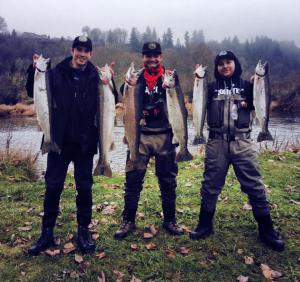
Browsing over the interaction prompted from a recent picture we posted on our page, the question was posed “Why do you guys out west kill all of your hatchery fish?” I paused, immediately a little defensive. That question gets at me. I love fish. I love fishing. I don’t mindlessly kill fish without a good reason. It makes sense however though that in other regions of the country the hatchery vs. native fish conversation is a foreign concept. They aren’t familiar with the balance (or imbalance) with which we have managed our rivers and fisheries.
In the Pacific Northwest we live in a gifted area. We have awe-inspiring rainforests, high desert, snow-capped mountains, valleys full of life…and most of all we have river systems. These systems stretch from the sacred headwaters in remote, canyon areas and wind through sleepy fishing towns and vast cities, all of them finding their course to the mighty pacific ocean.
Our rivers have produced some of the largest & most beautiful anadromous fish in the world. Large & powerful Steelhead, trophy Chinook, bright Coho and many more. They have all ran for centuries from spawn gravel to ocean current and back again. Now, near the end of 2013 we are at an interesting period in fish & management history.
As industry and populations grew in the Pacific Northwest, rivers became centralized places of commerce and harvest. Whole communities survived off of the resources given by river systems. As dams were built and more land was settled, runs of fish started to decline rapidly and even disappear. With this in mind hatcheries were introduced. Born as a method for introducing large numbers of juvenile fish into river systems at an advanced age, they kicked out large numbers of fish and quickly started producing big amounts of returning adult fish.
Hatcheries have effectively made it so that rivers that have given up their spawning abilities and habitat can still produce the large amounts of fish they used to under prime conditions. The difference would be, that these hatchery fish genetics are typically not native to the river basin in which they are planted. Still, we as humans have enjoyed the harvest opportunities these “clipped” fish offer.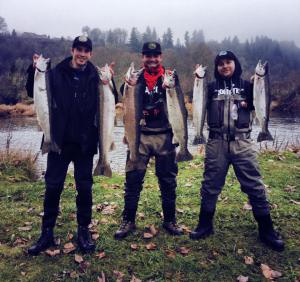
As I said before, we are at an interesting period in fish & management history. Hatchery production has dropped. They no longer produce the number of smolts, nor plant them in as large of numbers as years gone by. The days of incredible hatchery runs of fish on our rivers are numbered and in many cases gone entirely. This comes as a negative thing to many and a sigh of relief to others. I am not here to comment on whether hatcheries should be present on our rivers. I believe every case requires special consideration. The movement has started towards “wild-fish-only” in many systems and will no doubt continue on that course. Again, it is not my place to make broad, general statements one way or another. I am just an angler. I love fish. I love fishing.
Why the downsizing of hatchery production in recent years? The primary reason given is due to studies that, in-a-nutshell, emphasize that hatchery fish have a negative effect on natural reproduction and compete for spawning ground with native fish. This has been debated back and forth.
“Evidence from a number of studies…suggests that hatchery-reared fish may be less fit than wild fish under natural spawning and stream-rearing conditions. In this study, measures of population productivity were used to indirectly examine the possibility of differential reproductive success between wild and hatchery fish in 12 populations of steelhead. This examination was based on the assumption that if reproductive differences exist, productivity should vary in relation to the relative frequency of wild and hatchery fish in the population. For example, if differences exist, it would be expected that natural populations consisting entirely of wild fish would be more productive in terms of recruits produced per spawner, than those consisting of both hatchery and wild fish. Therefore, the objectives of this study were twofold: first, to look for indirect evidence of reproductive differences between wild and hatchery fish and, second, to assess the influence of naturally spawning hatchery fish on overall population productivity.”
-Chilcote, Mark, W., 2003.
I asked a highly-successful southwest WA fishing guide about this question. He offered this take:
“If the point was not to kill a hatchery why would WDFW [Washington Department of Fish and Wildlife] clip them to distinguish them? Why on some hatchery strong rivers did they implement a two pole endorsement? Why are the states trying seining in the Columbia river to harvest more hatchery fish with less damage to wilds? They are only meant for the dinner table.”
As anglers we are told two things.
- According to the science supplied & subscribed to by our fishery management programs: hatchery fish are bad for our river systems.
- Our responsibility is to remove these fish from their watersheds.
Make sense? Bonk away.


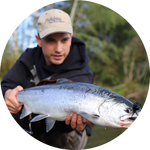

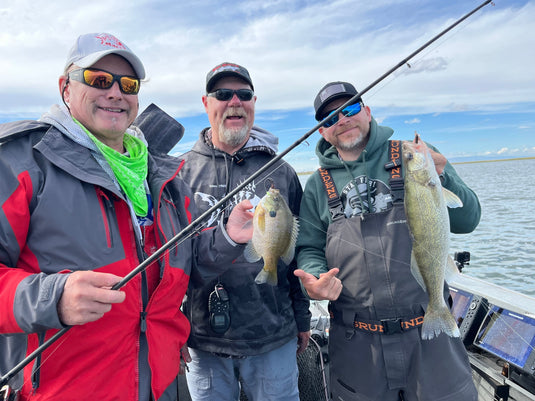

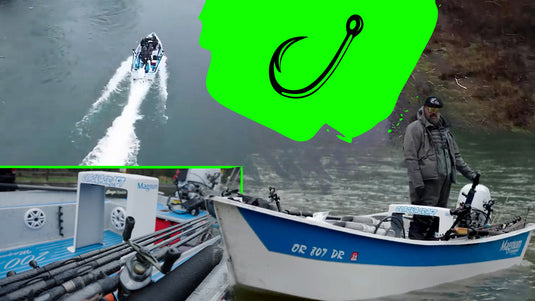

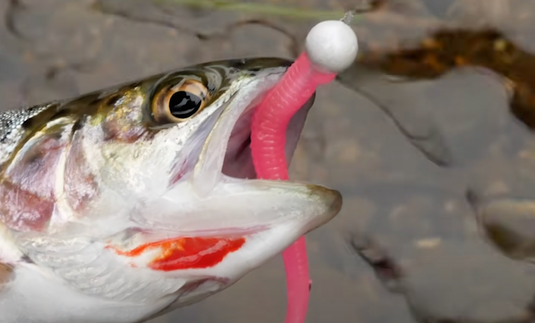

Hi Addicts,
This article addressing the wild vs. hatchery issue makes a good point and not killing native wild steelhead is very important, even if legal.
Interestingly, at times on some rivers, the state of Washington requires killing clipped fish because they compete with the wild fish.
Nice article!
Clay Smith
Anglers Club Magazine
Hatcherys have been operational in this state since the 1920’s. It is a fact that a large number of the fish sent to the rivers are not clipped. There are no studies showing the difference between a native vs a non-clipped fish. All we have to go on is the blind faith that all unclipped fish are native. This is not about conservation, if you want to learn about the environment talk to the people that spend the most time there. The Outdoor Sportsman. Don’t listen to the power hungry lobbyists that piss away our sporting dollars in the general fund, or the out of control environmentalists that only care about power and control over what we love most. As for me, I am disgusted with tactics that are being used to control what other people do at the cost of our environment.